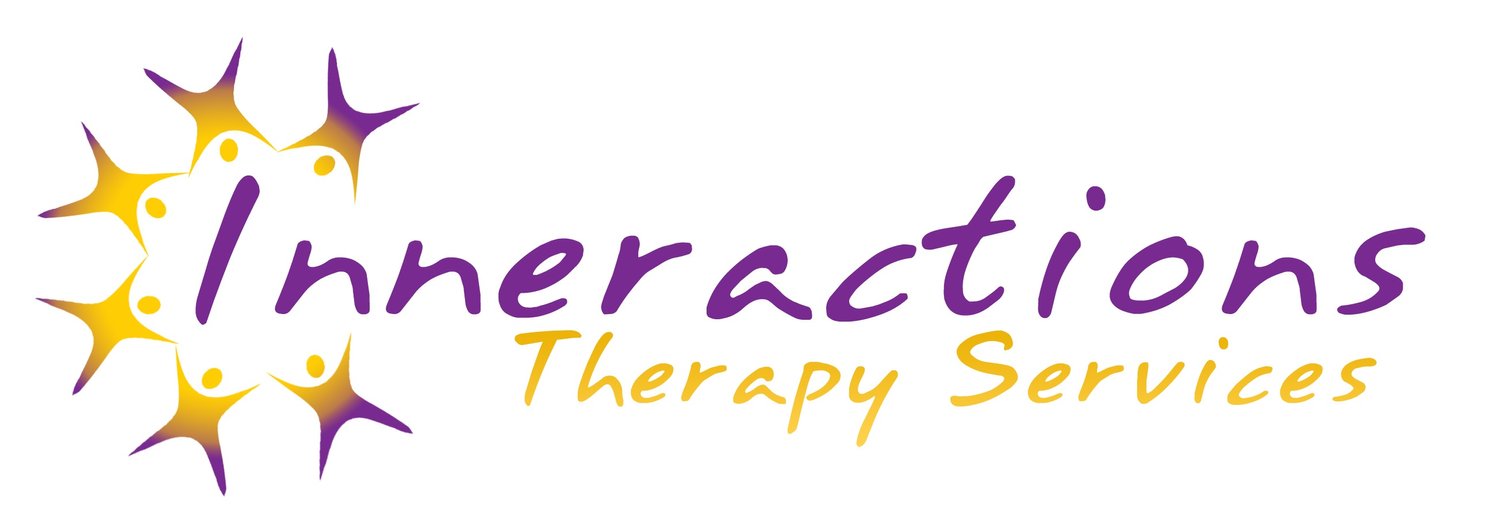
Play Therapy
Therapy that meets your child in a developmentally appropriate way
Play therapy is a structured, theoretically based approach to therapy that builds on the normal communicative and learning processes of children (Carmichael, 2006; Landreth, 2002; O’Connor & Schaefer, 1983). In play therapy, toys are like the child’s words, and play is the child’s language (Landreth, 2002). Many concrete objects (toys, art, etc.) are used in play therapy to assist children in exploring their own thoughts, feelings, and behaviors.
Through the act of play, children “…learn to communicate with others, express feelings, modify behavior, develop problem-solving skills, and learn new ways of relating” (APT). Play therapy builds on the natural way children learn about themselves and their relationships in the world (Axline, 1947; Carmichael, 2006; Landreth, 2002). The most troubling problems can be confronted, and lasting resolutions can be discovered, rehearsed, mastered, and become lifelong strategies (Russ, 2004).
Play therapy is effective for many issues, including anger management, anxiety, depression, ADHD, grief, loss, self-esteem, family dissolution, autism, behavior problems, and more.

